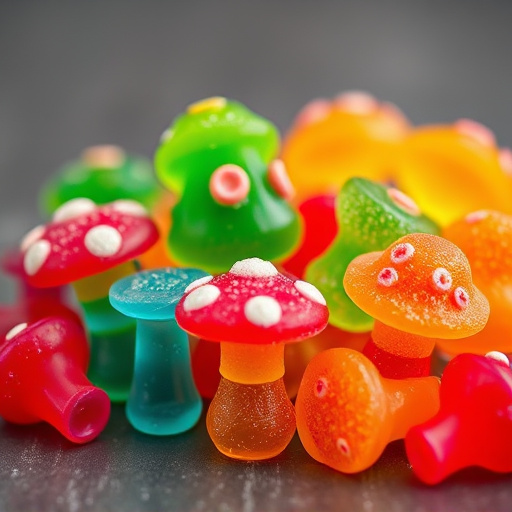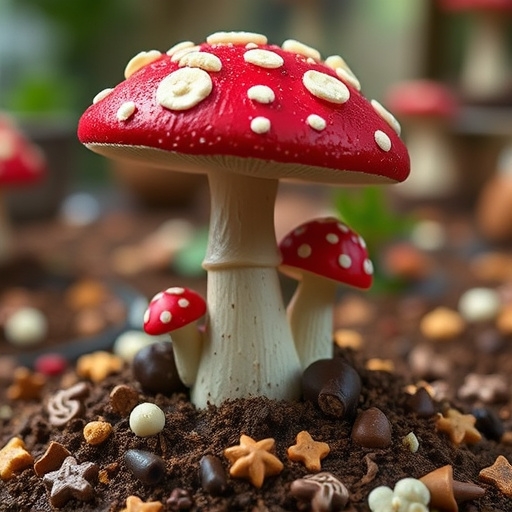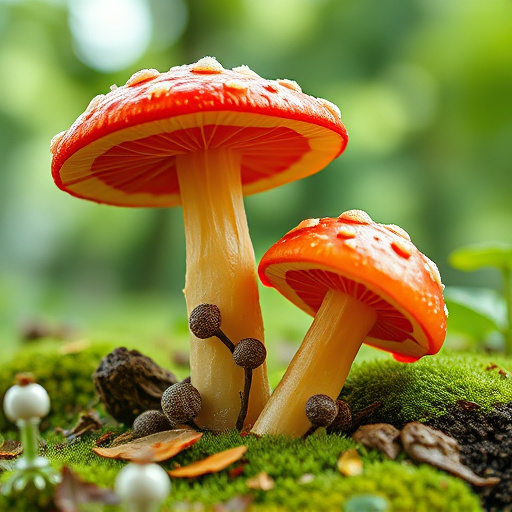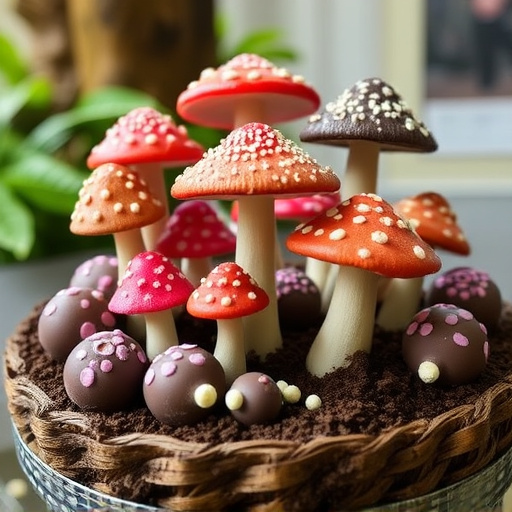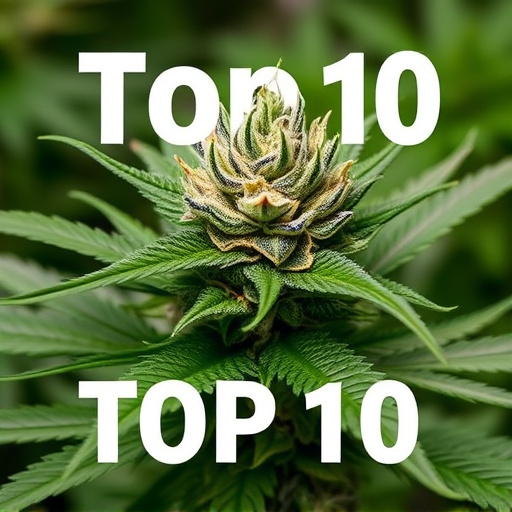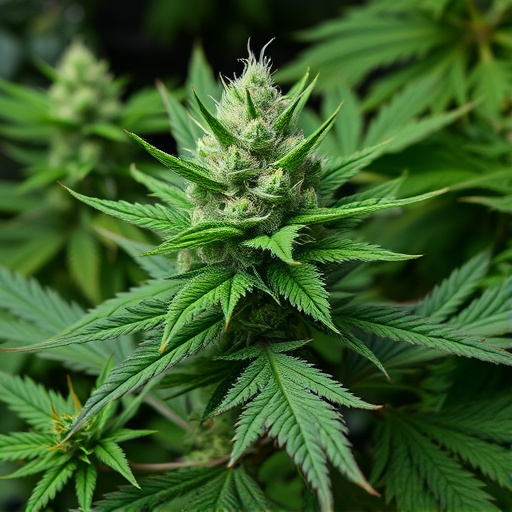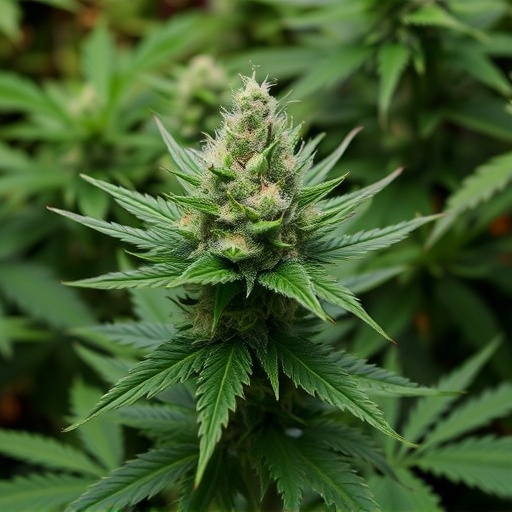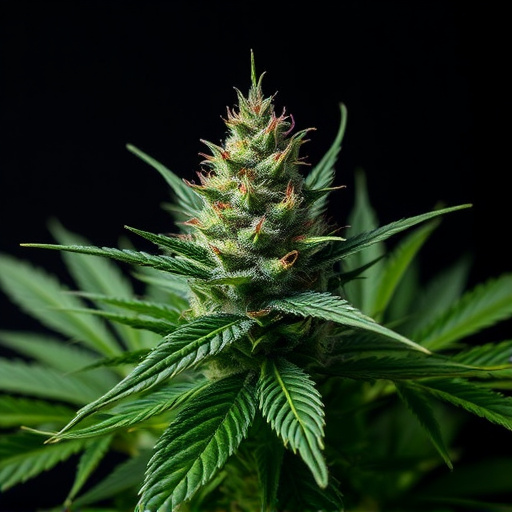Cannabis trichomes are microscopic glands on flowers, leaves, and bracts that produce cannabinoids like THC and CBD, shaping the unique aroma, flavor, and effects (i.e., types of cannabis strains) of different varieties. Their diverse shapes and sizes indicate cannabinoid concentration, making them a key differentiator among cannabis strains. Understanding trichome types helps consumers choose strains aligned with their desired outcomes, from relaxation to medical relief.
“Uncover the mysterious world of cannabis trichomes, tiny yet powerful structures that play a pivotal role in shaping the unique characteristics of different types of cannabis strains. This article delves into the intricate details of trichome structure and function, exploring how they contribute to the diverse effects experienced by users. From understanding their key roles to discovering various types and their distinct impacts, gain valuable insights into the science behind these remarkable plant components.”
- Understanding Trichome Structure and Function
- The Role of Trichomes in Cannabis Strains
- Different Types of Trichomes and Their Effects
Understanding Trichome Structure and Function
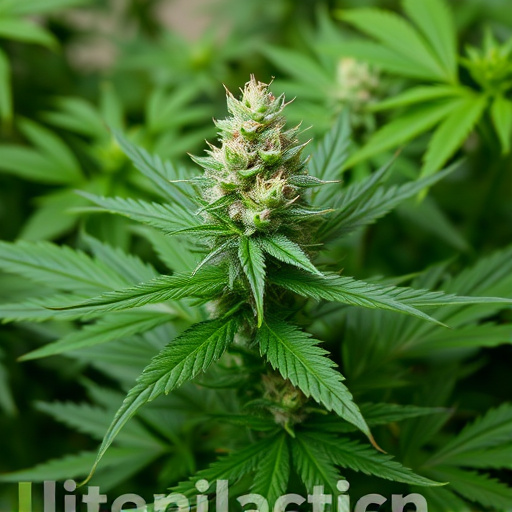
Cannabis trichomes are tiny, hair-like structures that play a vital role in the plant’s unique properties and appeal to various types of cannabis strains. These microscopic glands are responsible for producing and concentrating cannabinoids, such as THC and CBD, which give cannabis its distinct effects and medicinal benefits. Trichomes not only enhance the potency of different cannabis strains but also contribute to the plant’s aromatic profile, making each variety truly one-of-a-kind.
Structured like tiny bulbs or domes, trichomes are found on the surface of cannabis flowers, leaves, and bracts. They secrete essential oils, terpenes, and cannabinoids as a defense mechanism against potential threats like insects and diseases. The diverse shapes and sizes of trichomes—from small, hair-like to larger, bulbous structures—are indicators of cannabinoid concentration. This characteristic is particularly valued by cannabis enthusiasts and medicinal users who seek specific effects offered by different types of cannabis strains, each with its unique trichome composition and arrangement.
The Role of Trichomes in Cannabis Strains

Cannabis trichomes play a pivotal role in defining the unique characteristics of different types of cannabis strains. These tiny, hair-like structures, often microscopic, are found on the surface of cannabis flowers and leaves. They produce and concentrate various compounds, including cannabinoids and terpenes, which contribute significantly to the plant’s aroma, flavor, and effects. The diversity in trichome structure and composition is a key factor that distinguishes one type of cannabis strain from another.
Each variety or strain of cannabis has its own specific trichome profile, influencing its medicinal properties and recreational experiences. Some strains may have abundant, dense trichomes, enhancing their potency and creating a more intense high. Others might feature fewer but larger trichomes, offering a different chemical makeup and potentially distinct therapeutic benefits. Understanding the role of trichomes helps users make informed choices among the vast array of available cannabis types, catering to diverse preferences and desired effects.
Different Types of Trichomes and Their Effects
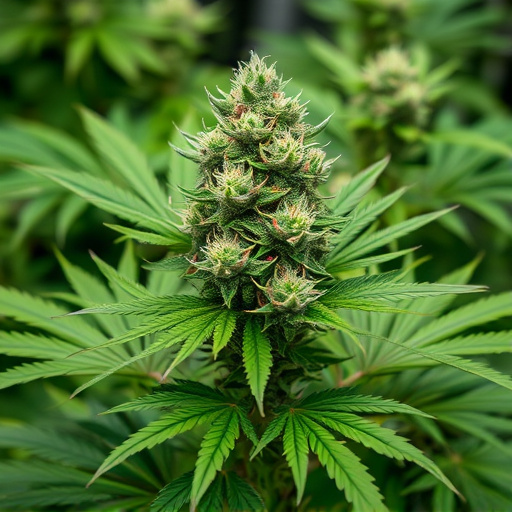
Cannabis trichomes come in various types, each contributing uniquely to the plant’s profile and effects. There are three primary varieties: glandular, non-glandular, and hair-like trichomes. Glandular trichomes, known for their sticky resin production, are often associated with higher concentrations of cannabinoids like THC and CBD. They give cannabis its distinct aroma and contribute to its potent therapeutic properties. Non-glandular trichomes, while not as resinous, play a role in flavor and may have some anti-inflammatory effects due to their terpene content. Hair-like trichomes are primarily responsible for the plant’s texture and protection, with fewer cannabinoids but significant roles in supporting overall health and resilience.
The effects of cannabis strains can be significantly influenced by these trichome types. Strains with abundant glandular trichomes tend to deliver more intense psychological and physiological impacts, often sought after for recreational use or specific medical conditions like anxiety and chronic pain. Non-glandular dominant strains may offer a milder high but are popular for their flavor profiles and potential anti-inflammatory benefits. Understanding the relationship between different types of cannabis trichomes and their effects is crucial for consumers looking to tailor their experience based on desired outcomes, whether it’s relaxation, energy, or medicinal relief.
Cannabis trichomes are microscopic structures that play a pivotal role in the plant’s unique properties. Understanding their structure, function, and diverse types offers insight into the varied effects experienced across different types of cannabis strains. By exploring these tiny yet significant elements, we can better appreciate the intricate relationship between trichomes and the overall cannabis experience.
